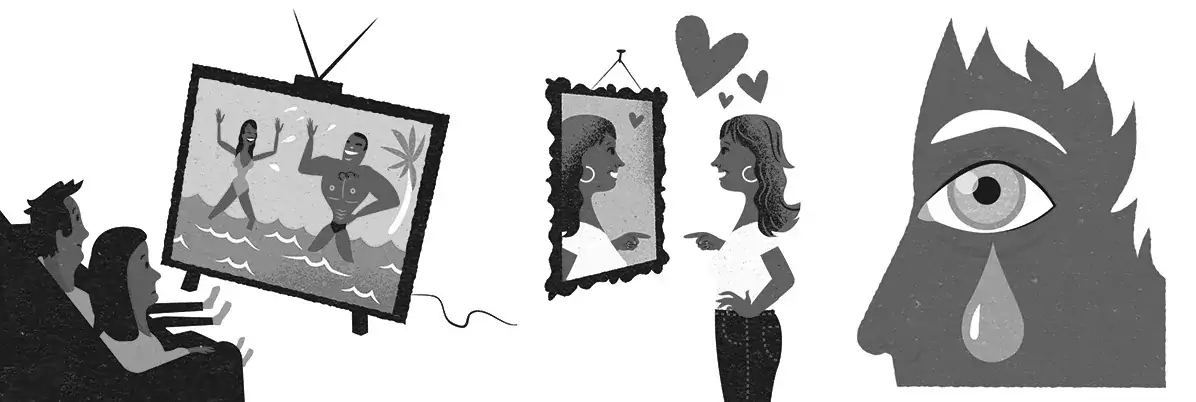
Spotlight on eating disorders
For some people, food is one of life's great pleasures and an important source of enjoyment. Others eat mostly as part of their daily routine. And then there are those who end up in all-out war with their own eating. Now, researchers at Karolinska Institutet are planning to separate fact from fiction.
 Photo: Jens Magnusson
Photo: Jens MagnussonA disease with many faces
An eating disorder does not need to be visible on the outside and can affect anyone. Simplified explanatory models have flourished for a long time while victims and their relatives have been groping for answers of their own.
 Photo: Brian Strickland
Photo: Brian StricklandGathering hundreds of thousands of saliva samples
In order to better understand the genetics behind eating disorders, Swedish researchers are now launching a major international study that will gather hundreds of thousands of saliva samples and questionnaire responses . The study is led by Professor Cynthia Bulik.
 Photo: Jens Magnusson
Photo: Jens MagnussonDifferent eating disorders – what separates them?
Eating disorder is an collective definition of several psychiatric diagnosis linked to food, weight and body perception. On an individual level, the problems can vary a lot.
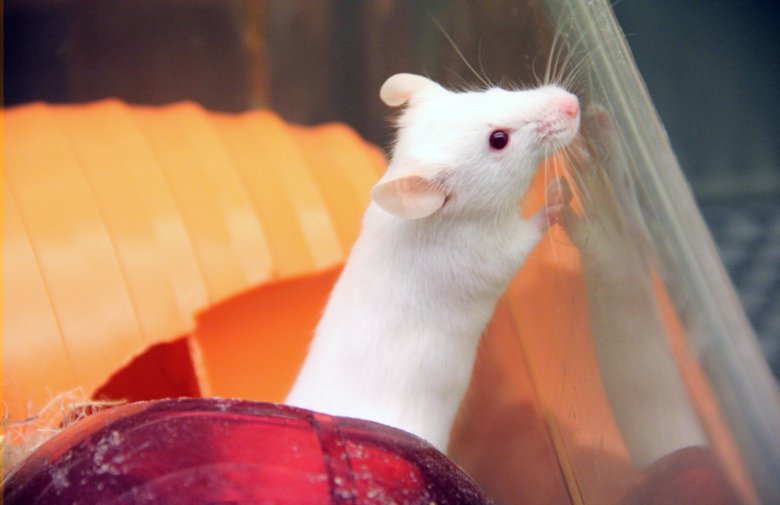 Photo: AFL/KI
Photo: AFL/KIMice give clues on anorexia
n the 1970s, American researchers discovered that some mice in their laboratory spontaneously stopped eating. This type of mice are now being studied by Ki researcher Ida Nilsson.
 Photo: Getty Images
Photo: Getty ImagesChildren with ARFID face increased risk of disease
Children with avoidant restrictive food intake disorder (ARFID) have an elevated risk of developing psychiatric and physical conditions, a new study from Karolinska Institutet published in JAMA Pediatrics reports. The study highlights the importance of early identification to improve care of these children.
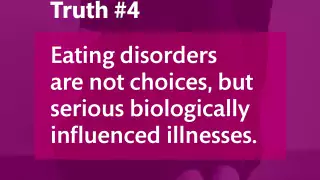
9 truths about eating disorders
The nine truths about eating disorders were developed in 2014 by KI Professor Cynthia Bulik and are supported by researchers from around the world.
Real life stories
 Photo: Rebecka Uhlin
Photo: Rebecka Uhlin“Snap out of it, live your lives!”
All three of Marit Sahlström’s sisters had anorexia nervosa. Relatives need help and support too, she says.
 Photo: Rebecka Uhlin
Photo: Rebecka Uhlin"It became a kind of addiction"
Because Jonathan Ekblad was of normal weight, people did not understand that he had an eating disorder. Finally, he found a treatment that worked.
 Photo: Sara Johari
Photo: Sara Johari"I no longer wanted to live"
Malin Lagerstedt fell ill with anorexia in her late teens. Her rescue came through a private clinic.
Some of our researchers in this area
 Photo: Martin Stenmark
Photo: Martin StenmarkUnderstanding the biology of eating disorders
Cynthia Bulik has studied eating disorders since the 1980s, and has among other things founded the Centre for Eating Disorders Innovation. She wants to reduce the stigma surrounding anorexia nervosa by increasing the knowledge of its biological causes.
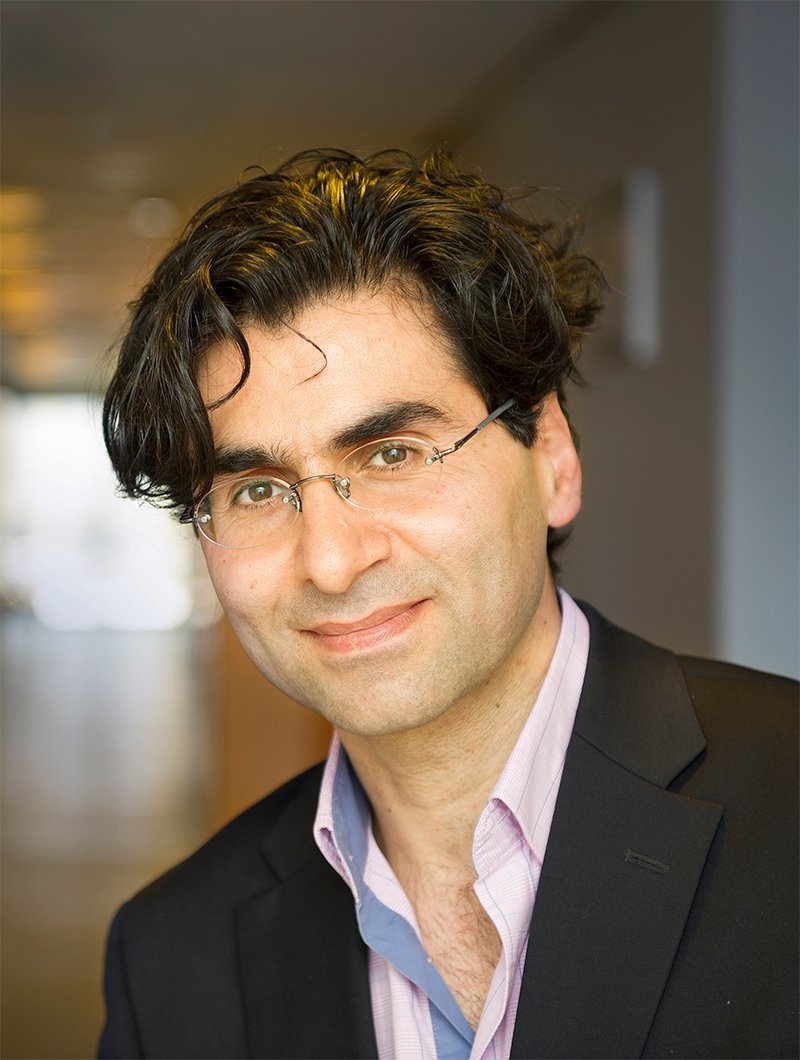 Photo: Stefan Zimmerman
Photo: Stefan ZimmermanEtiology, prevention, and treatment of eating disorders.
Intuitively, diagnoses like anxiety disorder or depression are easier to understand, but why does a person develop an eating disorder? This is something that Ata Ghaderi wants to learn more about.
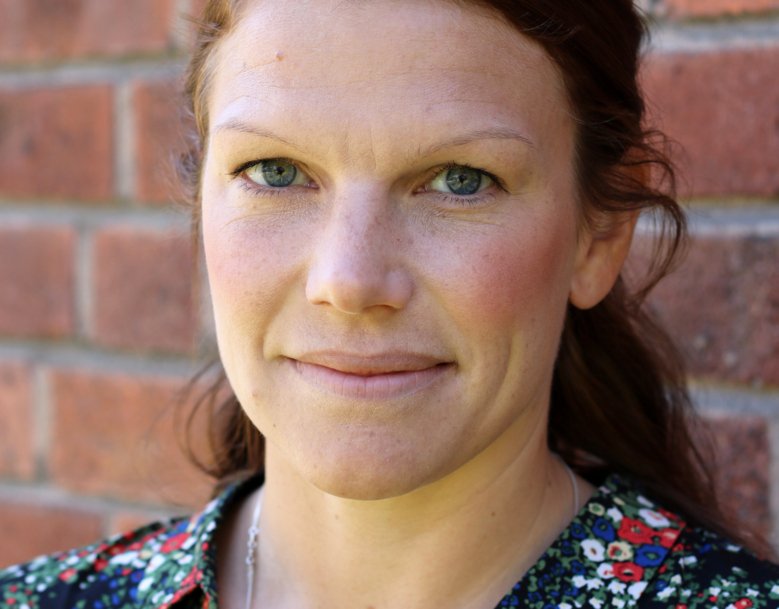 Photo: Gunilla Sonnebring
Photo: Gunilla SonnebringInterested in compulsive exercise as a symptom
Emma Forsén Mantilla is a psychologist and researcher at the Centre for Eating Disorders Innovation. Her research includes compulsive exercise as a symptom in eating disorders and various forms of preventive efforts.
